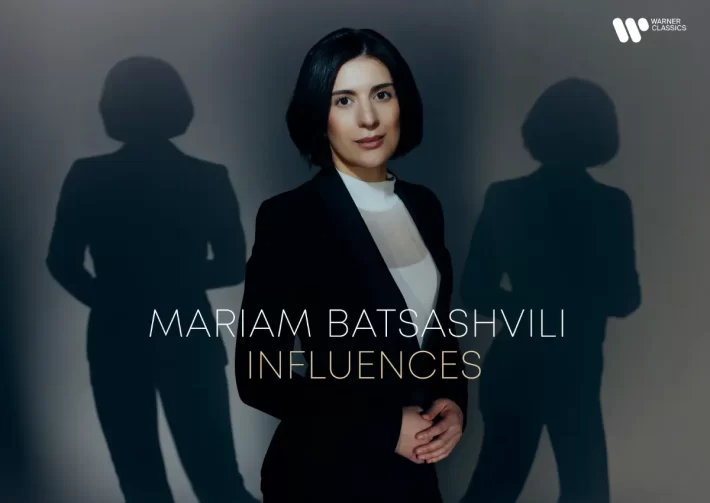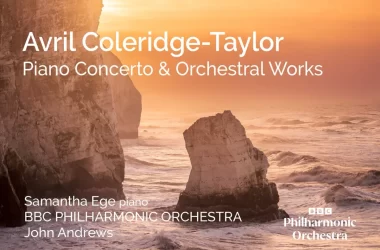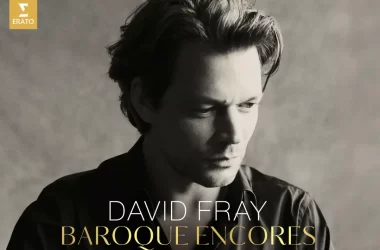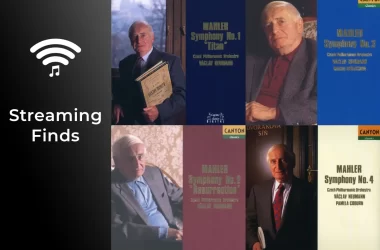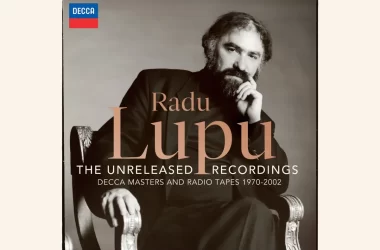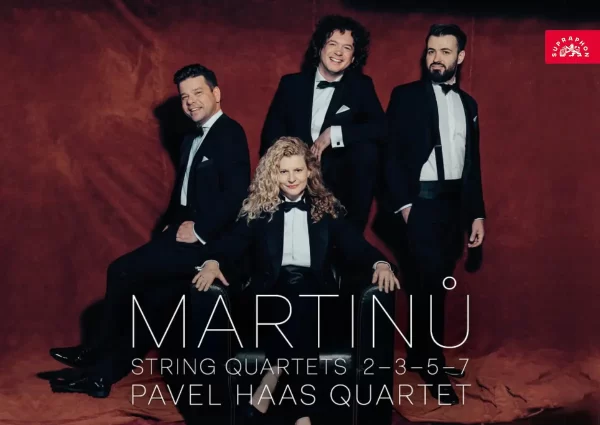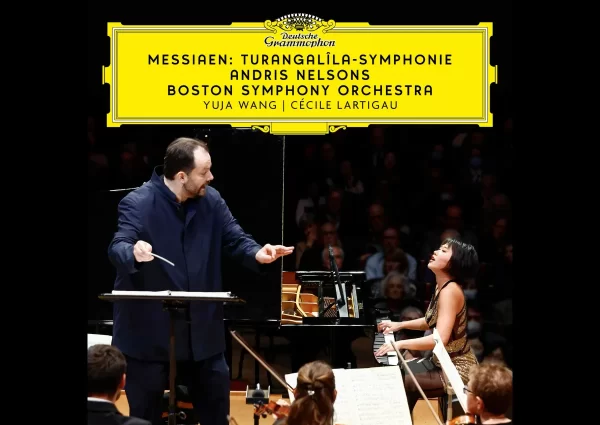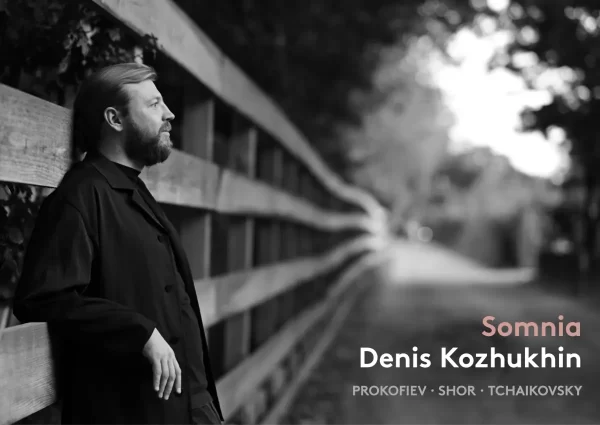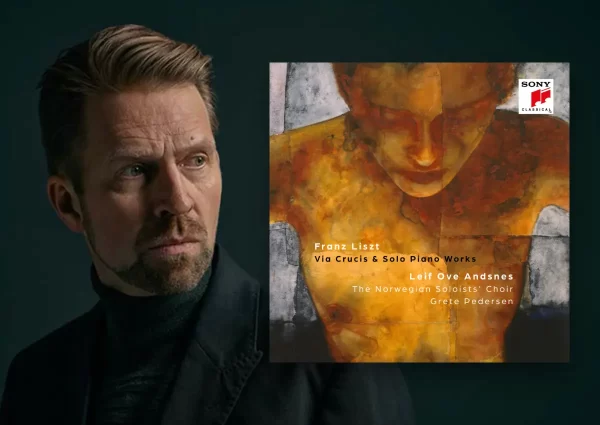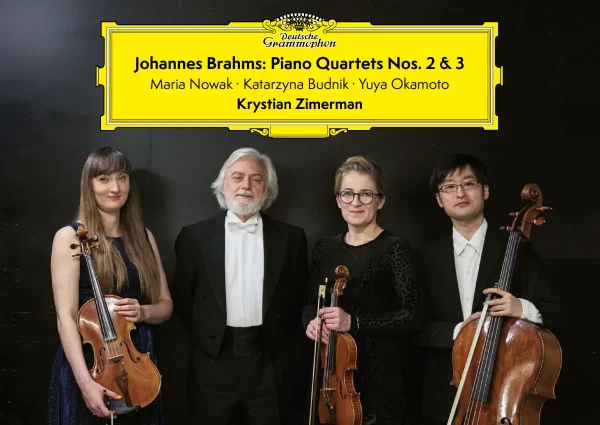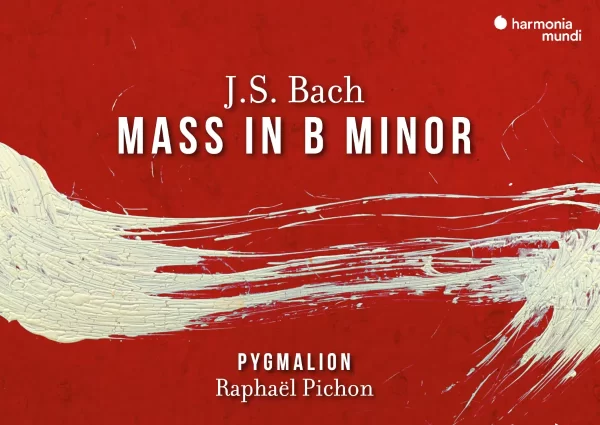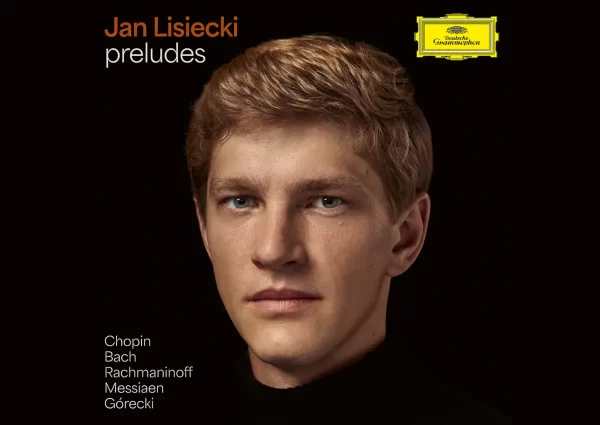Mariam Batsashvili’s Influences traces the sonata’s evolution from the Classical to the Romantic eras. The works included are staples of the piano repertoire, which initially made me question the distinctiveness of the program. However, as she explains in the liner notes, her choice of works such as Liszt’s Dante Sonata stems from personal experience.

One of the main challenges of presenting such familiar pieces is delivering interpretations that can stand alongside the many fine recordings already available. Batsashvili’s reading of Haydn’s Sonata in D major, Hob. XVI:37 captures the elegance and restraint of the early Classical idiom – music not intended to express the most visceral emotions. This does not mean her playing lacks expression. The Allegro con brio (track 1) sparkles with breezy charm, far from Brendel’s almost frenetic reading, which is equally enjoyable for its individuality. The well-regulated instrument gives her louder passages a satisfying, orchestral fullness. The middle movement, however, feels wanting in darker sentiment or a greater sense of gravitas. While beautifully played, it lacks the harrowing melancholy Brendel conveys with his more extroverted approach.
Her stylistic consistency continues in the Mozart selection, a quality that proves both an asset and a limitation. In the Allegro of D K.576 (“The Hunt”, track 4), her intricate fingerwork is impressive, but I wished for more pep and dynamic variety – qualities Mitsuko Uchida captures with an engaging interplay between assertive staccatos and coquettish filigree. The Adagio (track 5) fares better: the major sections embody a true grazioso, while the minor-key episode beginning at 1’16” has a tasteful lyricism tinged with gentle sadness. The finale demonstrates her clarity of articulation, though it could benefit from a more direct keyboard attack to fully convey its sprightly character.
Beethoven’s Appassionata brings a notable shift in energy. In the Allegro assai (track 7), her performance is stormy but controlled, with an especially effective coda – seamless, dense cascades of notes building tension to the end. Batsashvili handles Beethoven’s sharp dynamic contrasts with precision. The Andante con moto (track 8) feels slightly slow, yet the color shifts and chordal voicing justify the pacing. The finale, however, could use more urgency, akin to Gilels’ taut phrasing, which heightens the music’s excitement. Batsashvili opts instead for long legato lines, giving the movement a smoother contour but less dramatic bite.
Liszt’s Dante Sonata (track 10) shows Batsashvili at her most compelling. She recalls studying the work at age 13, when her teacher urged her to read Dante’s Divine Comedy. That grounding in the poem’s imagery is evident in her performance, which vividly channels the sonata’s fury through crashing chords and rattling octaves. In the central section, she lingers over the lyricism with thoughtful pacing, providing a striking contrast before the return of the more turbulent material.
Chloe Cutts’ liner notes provide standard musical analysis, but Batsashvili’s personal comments – especially on the Mozart and Liszt – offer the most revealing insight into her approach. While the Classical sonatas here may not displace leading reference recordings, her Beethoven and Liszt performances warrant close attention.
Recommended Comparisons
Brendel (Haydn) | Uchida (Mozart) | Gilels (Beethoven) | Zilberstein (Liszt)

Album Details |
|
|---|---|
| Album name | Influences |
| Label | Warner Classics |
| Catalogue No. | 2173253517 |
| Artists | Mariam Batsashvili, piano |
Included with an Apple Music subscription:
Latest Classical Music Posts

